My favourite painting: Hughie O’Donoghue
Hughie O’Donoghue chooses his favourite painting for Country Life.
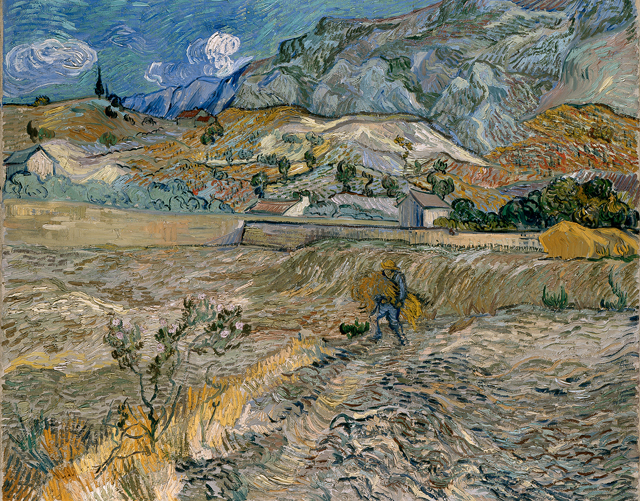

Landscape at Saint-Rémy (Enclosed Field with Peasant), 1889, by Vincent van Gogh (1853–90), 30in by 371⁄2in, Indianapolis Museum of Art, USA.
Hughie O’Donoghue says: I look at art all the time, but few artists really connect with me in a powerful and visceral way. Van Gogh is an exception—I look at his paintings when I need to remind myself of what is essential. I have stood in that field, behind the asylum of St Paul de Mausole, on many occasions. Van Gogh may not be the greatest painter, but he is the most compelling artist. The painting pulsates with energy, rhythm and colours, some now fading. It was made late in 1889, when the artist knew he was running out of time. At its heart is a figure carrying a bundle of straw—a metaphor, unconscious perhaps, for how van Gogh saw himself in his last few months, a man with a burden.
Hughie O’Donoghue is an artist and Royal Academician. His exhibition ‘Permanent Green’ opens today at Marlborough Fine Art, London W1 (until May 30).
John McEwen comments: Van Gogh’s dream of establishing an artist’s colony seemed on course when Gauguin came to stay and work with him in Arles in october 1888. But tensions soon appeared. Van Gogh suffered a nervous breakdown and, on December 23, cut off part of his ear. his ever-supportive, art-dealer brother Theo visited and Gauguin returned to Paris. Van Gogh suffered recurring breakdowns, diagnosed as epilepsy, and finally agreed to enter the Saint-Rémy asylum in May 1889.
‘I feel tempted to begin again with the simpler colours,’ he wrote to Theo. In June, he was allowed beyond the asylum’s walled garden and Theo’s latest shipment of canvas, paints and brushes arrived. In one of his paintings of an ‘enclosed field’, with the Les Alpilles mountains behind, during the summer harvest, there was a single worker, whom he saw as ‘the image of death’, reaping humanity in full sunshine, not morosely.
Mr o’Donoghue’s choice was painted in October: ‘It’s another harsh study, and instead of being almost entirely yellow it makes an almost completely violet canvas... I think that this will complement the reaper... I seriously ask you to show them together,’ van Gogh wrote to Theo. The complementary effect is now lost. As Mr o’Donoghue says, the purple has faded, probably because van Gogh used light-sensitive geranium lake, which gradually disappears if mixed with other pigments.
Death’s work was, indeed, almost done. Van Gogh is believed to have shot himself on July 27, 1890—he died about 30 hours later with Theo at his bedside. Theo, who had married in April 1889, died in January 1891, broken and syphilitic. It was his widow Johanna’s efforts that made van Gogh famous.
Sign up for the Country Life Newsletter
Exquisite houses, the beauty of Nature, and how to get the most from your life, straight to your inbox.
This article was originally published in Country Life, April 22, 2015
More from the My Favourite Painting Series
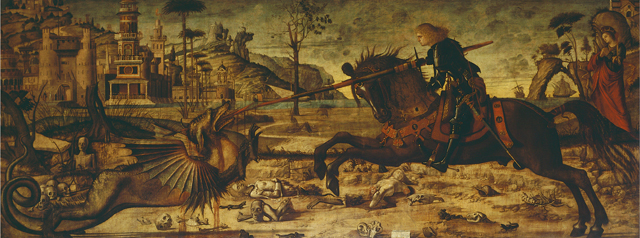
My favourite painting: Rose Paterson
Rose Paterson chooses her favourite painting for Country Life.
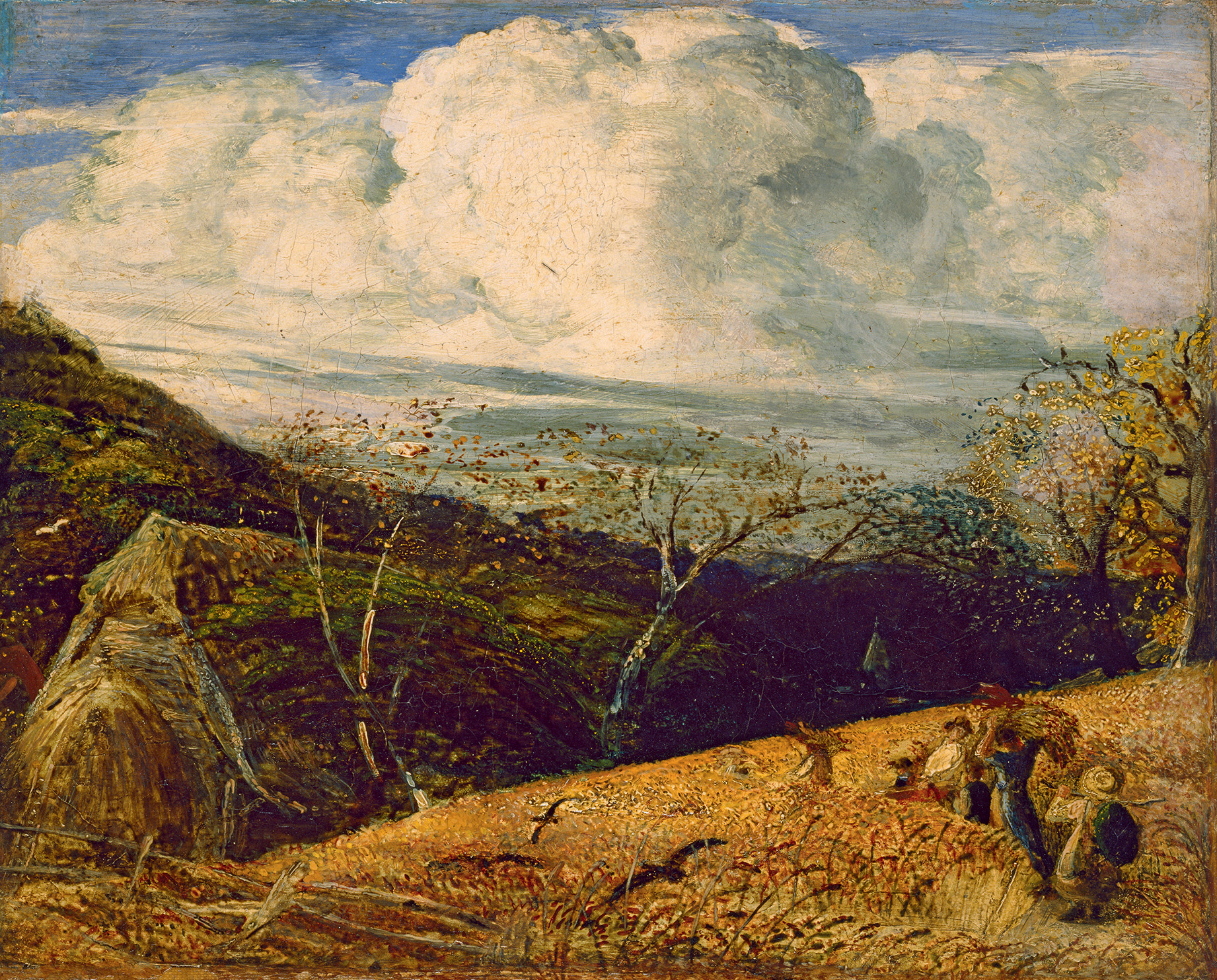
My favourite painting: Simon Conway Morris
Simon Conway Morris chooses his favourite painting for Country Life.
Country Life is unlike any other magazine: the only glossy weekly on the newsstand and the only magazine that has been guest-edited by HRH The King not once, but twice. It is a celebration of modern rural life and all its diverse joys and pleasures — that was first published in Queen Victoria's Diamond Jubilee year. Our eclectic mixture of witty and informative content — from the most up-to-date property news and commentary and a coveted glimpse inside some of the UK's best houses and gardens, to gardening, the arts and interior design, written by experts in their field — still cannot be found in print or online, anywhere else.
-
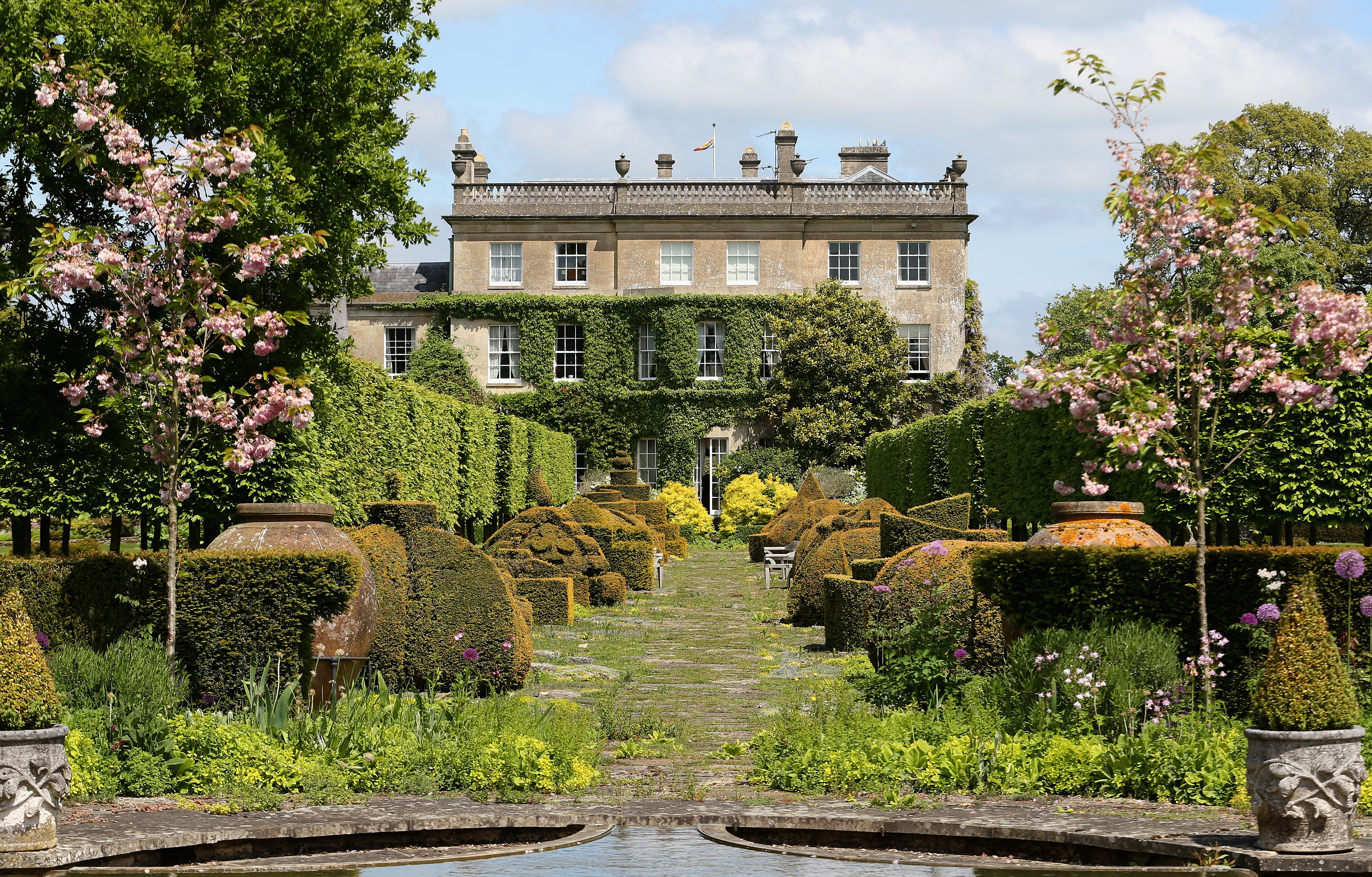 Sanderson's new collection is inspired by The King's pride and joy — his Gloucestershire garden
Sanderson's new collection is inspired by The King's pride and joy — his Gloucestershire gardenDesigners from Sanderson have immersed themselves in The King's garden at Highgrove to create a new collection of fabric and wallpaper which celebrates his long-standing dedication to Nature and biodiversity.
By Arabella Youens
-
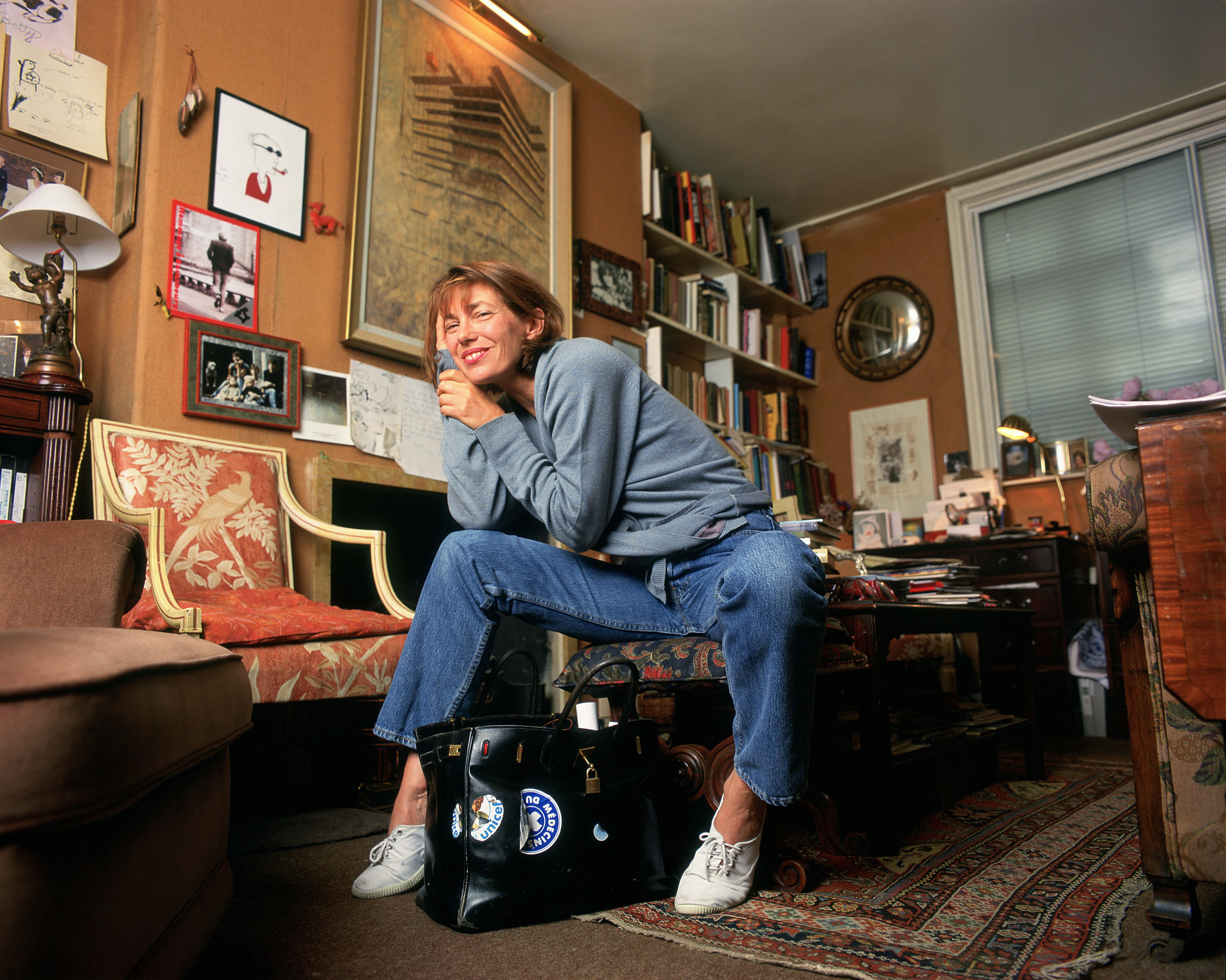 The coveted Hermès Birkin bag is a safer investment than gold — and several rare editions are being auctioned off by Christie’s
The coveted Hermès Birkin bag is a safer investment than gold — and several rare editions are being auctioned off by Christie’sThere are only 200,000 Birkin bags in circulation which has helped push prices of second-hand ones up.
By Lotte Brundle
-
 My favourite painting: Allan Mallinson
My favourite painting: Allan MallinsonMilitary historian Allan Mallinson picks an image of 'faith, generosity and ultimate sacrifice'.
By Charlotte Mullins
-
 My Favourite Painting: Piet Oudolf
My Favourite Painting: Piet Oudolf'One cannot sense whether he is far out on the ocean or closer to shore, or what he may be watching or feeling in that moment as he stares towards the beach.’
By Country Life
-
 My Favourite Painting: Mary Plazas
My Favourite Painting: Mary Plazas'There is compassion, awe, humility, a knowing yet a questioning in the glistening eyes. It moves me, it inspires me beyond the need to know.’
By Country Life
-
 My favourite painting: Robert Kime
My favourite painting: Robert KimeRobert Kime shares his fondness for New Year Snow by Ravilious
By Country Life
-
 My Favourite Painting: Anna Pavord
My Favourite Painting: Anna PavordAnna Pavord chooses a picture which reminds her of where she grew up
By Country Life
-
 My favourite painting: The Duchess of Wellington
My favourite painting: The Duchess of WellingtonThe Duchess of Wellington chooses her favourite painting for Country Life.
By Country Life
-
 My favourite painting: Maureen Lipman
My favourite painting: Maureen LipmanMaureen Lipman chooses her favourite painting for Country Life.
By Country Life
-
 My favourite painting: Jacqueline Wilson
My favourite painting: Jacqueline Wilson'I looked at this painting and decided to write about a Victorian circus girl one day'
By Country Life